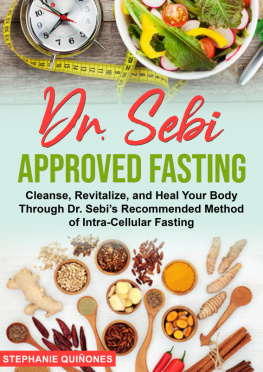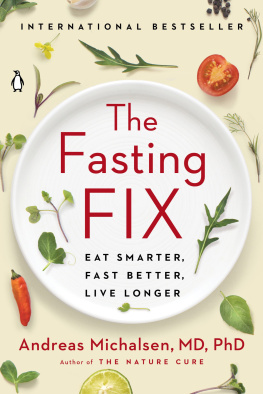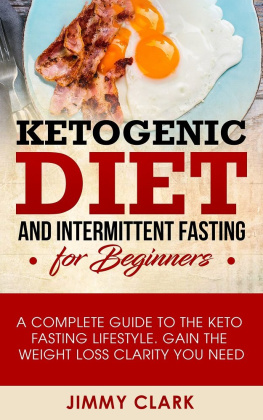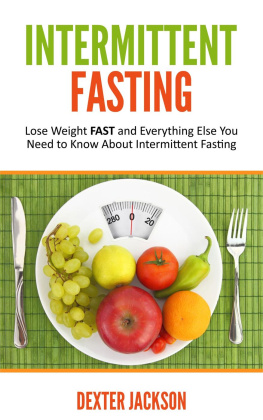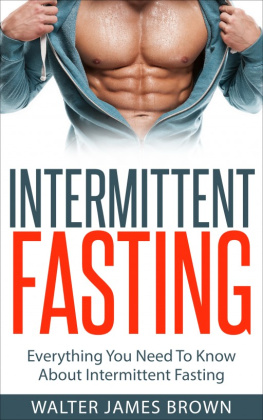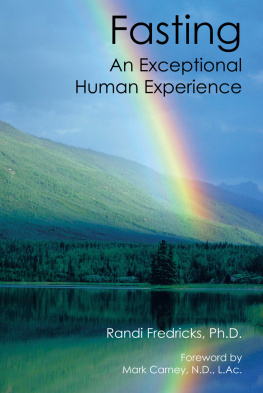Contents
Guide
Page List
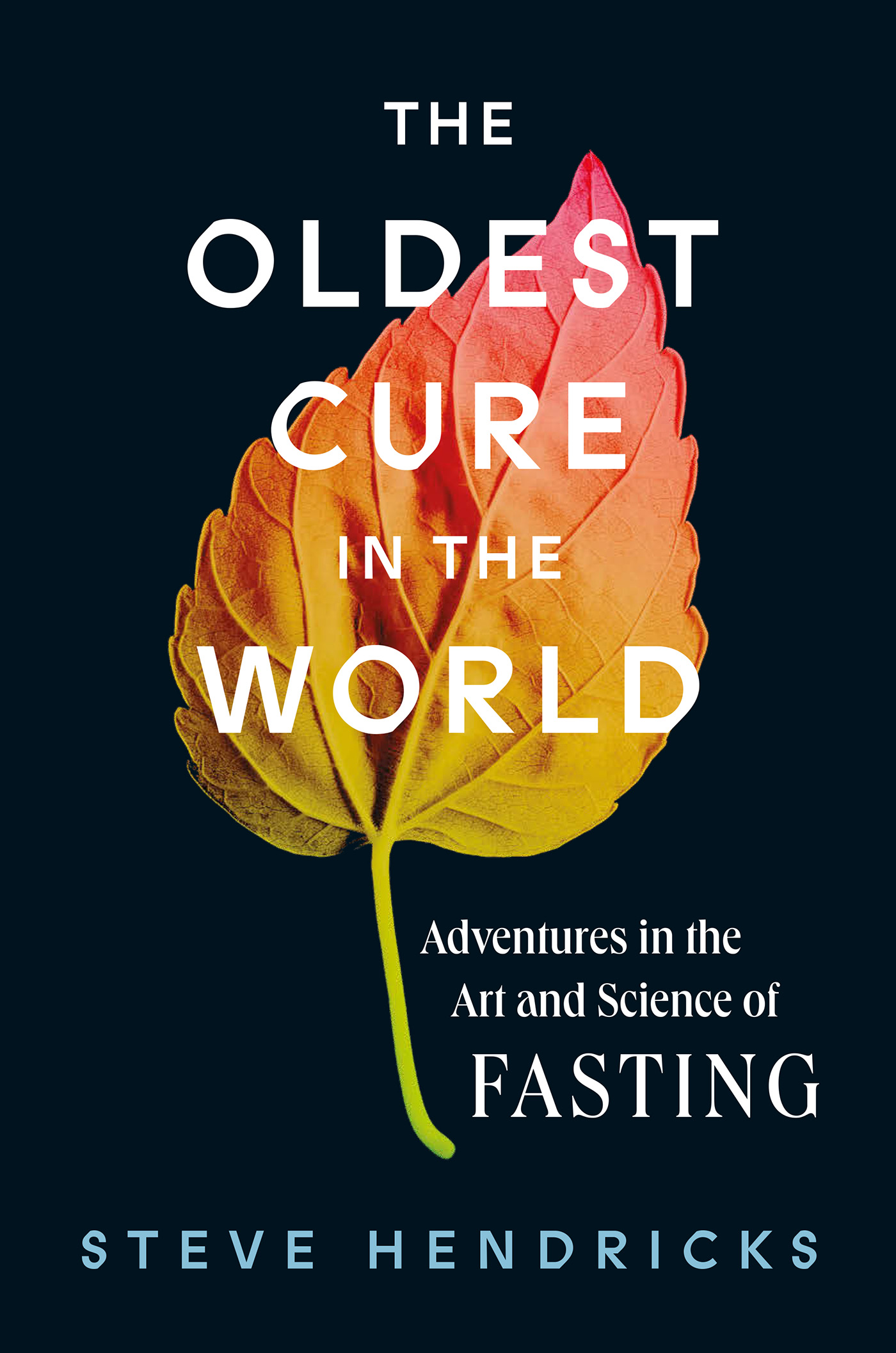
ALSO BY STEVE HENDRICKS
A Kidnapping in Milan: The CIA on Trial
The Unquiet Grave: The FBI and the Struggle for the Soul of Indian Country
In the sciences, that which has been handed down or taught at the universities is also looked upon as property. And if anyone advances anything new which contradicts, perhaps threatens to overturn, the creed which we have for years repeated, and have handed down to others, all passions are raised against him, and every effort is made to crush him. People resist with all their might; they act as if they neither heard nor could comprehend; they speak of the new view with contempt, as if it were not worth the trouble of even so much as an investigation or a regard, and thus a new truth may wait a long time before it can make its way.
Johann Wolfgang von Goethe

Copyright 2022 Steve Hendricks
Cover 2022 Abrams
Published in 2022 by Abrams Press, an imprint of ABRAMS. All rights reserved. No portion of this book may be reproduced, stored in a retrieval system, or transmitted in any form or by any means, mechanical, electronic, photocopying, recording, or otherwise, without written permission from the publisher.
Library of Congress Control Number: 2022933711
ISBN: 978-1-4197-4847-9
eISBN: 978-1-64700-002-8
The medical information contained in this book is not intended as a substitute for the advice of skilled medical practitioners. The publisher and author accept no responsibility for any liability, loss or risk, personal or otherwise, which is incurred as a consequence, directly or indirectly from the use and application of any of the contents of this publication.
Abrams books are available at special discounts when purchased in quantity for premiums and promotions as well as fundraising or educational use. Special editions can also be created to specification. For details, contact specialsales@abramsbooks.com or the address below.
Abrams Press is a registered trademark of Harry N. Abrams, Inc.

| ABRAMS The Art of Books
195 Broadway, New York, NY 10007
abramsbooks.com |
For Jennifer, naturally
CONTENTS
Fasting for a cure
The birth of modern fasting
Prehistory and the ancient East
The ancient West
I fast to slim
The Middle Ages and Renaissance
American doctors find the lost cure
I fast to heal
Fasting blooms in America
Americas foremost fasting doctor
I fast at a German clinic
The starts and stops of fasting research
Fasting against cancer
My German fast, continued
The psychotherapeutic fast
I fast at a California clinic
The how of time-restricted eating
My California fast, continued
Toward a future less benighted
PROLOGUE
CRIMINAL QUACKERY
Ten years before she found the lump in her groin, cancer took Ivonne Vielmans father. It started in his lungs, although he had never smoked, and chewed through his body with such swiftness that by the time it was diagnosed there was nothing to be done. He died at fifty-seven. In the decade since, Vielmana mother, wife, and corporate secretary, aged forty-two and living on the exurban fringe of San Franciscohad harbored a barely suppressed dread that cancer would someday come for her too. The knot in her groin felt like her fear made manifest. Big as a golf ball and nearly as hard as one, it must have been fast growing because she hadnt noticed it the last time she massaged the area, which she had done regularly after a bladder surgery left the spot tender. Since her fathers death, the mere mention of cancer had disquieted her, and she tried to push the word from her mind in the days she waited to see her doctor, but it got a toehold in her thoughts and wouldnt be budged.
The doctor, a by-the-numbers sort whom we might call Hughes, felt the node and asked whether anyone in Vielmans family had had a lump before. Vielman barely got the story about her father out before Hughes picked up a phone and told someone on the other end that she had a patient who needed emergency CT scanstoday.
The next day Vielman went back to Hughess office for the results, her husband along for support. The doctor said the scans showed tumors on both sides of her groin and in her right armpit, and they hadnt been there when she was scanned prior to the bladder surgery two years earlier. There was little doubt they were cancerous, and she referred Vielman to an oncologist. Oncologist was another word whose mention unnerved Vielman, four syllables that struck her momentarily dumb. But she composed herself, turned to her husband, and said with as level a voice as she could manage, We are going to take care of this. Ill be fine.
Then she burst into tears.
The oncologist, whom Ill call Greenfield, biopsied one of Vielmans tumors and told her there was no doubt it was follicular lymphoma, a cancer that attacks the white blood cells of the lymphatic system, the network of vessels and organs whose dual duty is to fight disease and rid the body of waste. Vielmans tumors were in her lymph nodes, and the diagnosis contained good news and bad news. The bad news was that because the lymphoma was in both the upper and lower parts of Vielmans torso and on both the left and right sides, it had to be considered advanced, stage III out of IV. Worse, there was no cure. The good news was follicular lymphoma grew very slowly. Four out of five people at Vielmans stage were still alive at least a decade after diagnosis, and a sizable number lived two decades or more. Greenfield said she could reasonably hope for another twenty years. It was a death sentence but one that carried a long stay of execution.
Greenfield didnt recommend treatment, not yet anyway. For the moment, chemotherapy and radiation were poor options because they could only slow the cancer, and since it was slow growing already, the toxic side effects of the treatment would far outweigh the modest potential for benefit. Once matters grew dire, such therapies might make sense, but for now he suggested they simply monitor the cancer with checkups every three months. There was, he said, nothing more to do.
* * *
Vielman was of another mind. A few years before her diagnosis, her fear of dying young like her father had driven her to look for ways to live more healthily, and her search led her to an odd little clinic in Santa Rosa, just ninety minutes up the road from her home. In lectures she watched online, doctors from the clinic argued that many of the chronic diseases that had become epidemic in the developed worldtype 2 diabetes, cardiovascular disease, hypertension, obesitywere caused by eating the standard American diet and could frequently be reversed simply by eating a healthier diet of minimally processed plants. For those wishing to speed up the healing process, another treatment usually helped: prolonged fasting. The doctors had some science to back their claims. In one study they published in a peer-reviewed journal, 154 of 174 patients with high blood pressure who fasted for a week and a half on nothing but water normalized their blood pressure. Doctors elsewhere were talking about managing hypertension, cardiovascular disease, and diabetesincurable, lifelong conditions, to hear most doctors tell itbut the doctors at the TrueNorth Health Center were talking about getting rid of those disorders for good.



